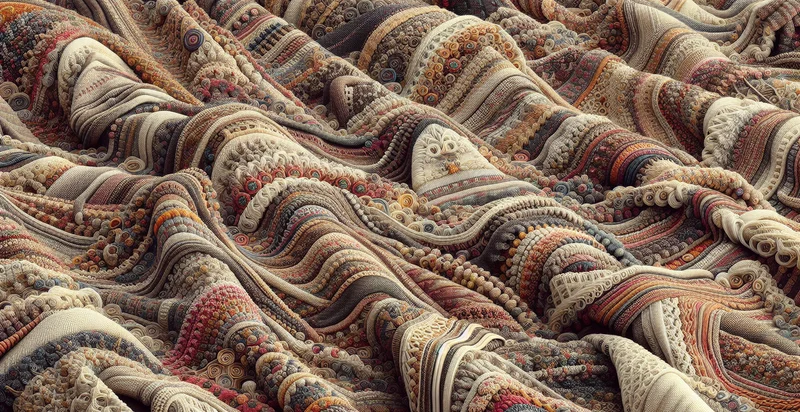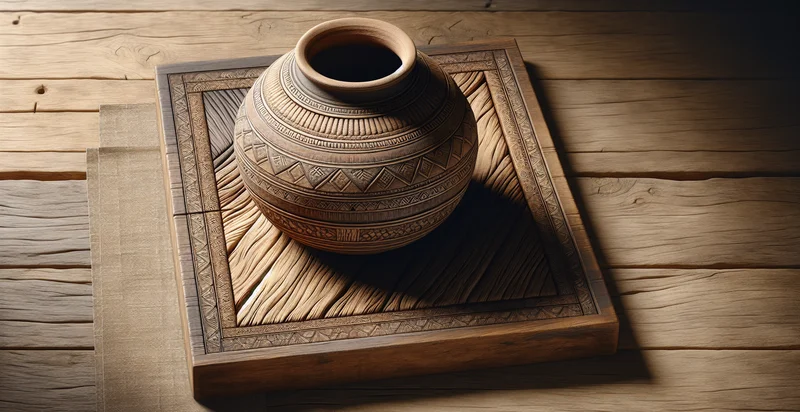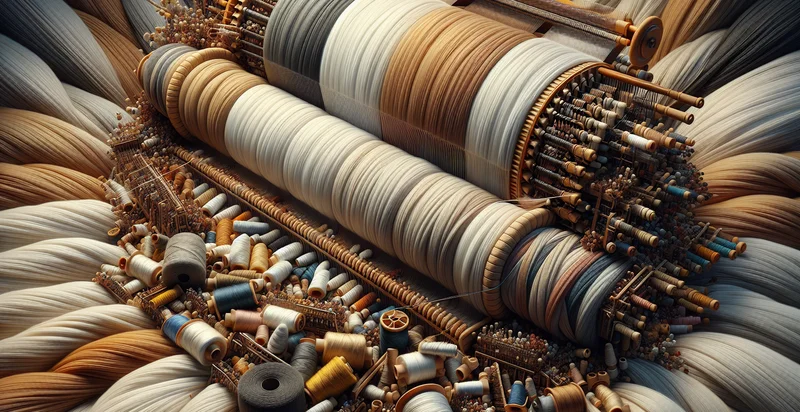Identify what material a blinds are made from
using AI
Below is a free classifier to identify what material a blinds are made from. Just upload your image, and our AI will predict what material the blinds are made from - in just seconds.

Contact us for API access
Or, use Nyckel to build highly-accurate custom classifiers in just minutes. No PhD required.
Get started
import nyckel
credentials = nyckel.Credentials("YOUR_CLIENT_ID", "YOUR_CLIENT_SECRET")
nyckel.invoke("what-material-a-blinds-are-made-from", "your_image_url", credentials)
fetch('https://www.nyckel.com/v1/functions/what-material-a-blinds-are-made-from/invoke', {
method: 'POST',
headers: {
'Authorization': 'Bearer ' + 'YOUR_BEARER_TOKEN',
'Content-Type': 'application/json',
},
body: JSON.stringify(
{"data": "your_image_url"}
)
})
.then(response => response.json())
.then(data => console.log(data));
curl -X POST \
-H "Content-Type: application/json" \
-H "Authorization: Bearer YOUR_BEARER_TOKEN" \
-d '{"data": "your_image_url"}' \
https://www.nyckel.com/v1/functions/what-material-a-blinds-are-made-from/invoke
How this classifier works
To start, upload your image. Our AI tool will then predict what material the blinds are made from.
This pretrained image model uses a Nyckel-created dataset and has 16 labels, including Aluminum, Bamboo, Cellular, Composite, Fabric, Faux Wood, Metal, Panel, Plastic and Pleated.
We'll also show a confidence score (the higher the number, the more confident the AI model is around what material the blinds are made from).
Whether you're just curious or building what material a blinds are made from detection into your application, we hope our classifier proves helpful.
Related Classifiers
Need to identify what material a blinds are made from at scale?
Get API or Zapier access to this classifier for free. It's perfect for:
- Product Quality Assessment: This function can be used by manufacturers to determine the material composition of blinds during the quality control process. By quickly identifying the material, manufacturers can ensure that the blinds meet design specifications and perform optimally.
- Automated Inventory Management: Retailers can implement this function in their inventory management systems to automatically classify and track the various types of blinds in stock. This will streamline operations and help maintain accurate inventory records, reducing the likelihood of stock discrepancies.
- Sustainable Material Sourcing: Eco-conscious companies can leverage this function to assess whether the materials used in their blinds are sustainable or environmentally friendly. This aids in making informed decisions when sourcing materials and enhances the company’s sustainability practices.
- Customer Support Enhancement: Customer service representatives can utilize this function to quickly identify the material type of blinds in customer inquiries or complaints. This leads to accurate responses, improving customer satisfaction and efficiency in handling issues.
- Home Renovation Consultation: Interior designers can apply this function during client consultations to better understand the materials of existing blinds in a space. This knowledge allows for more tailored recommendations when suggesting styles or replacements that fit the client's aesthetic and functional needs.
- Smart Home Integration: Home automation systems can integrate this function to provide users with insights about their blinds’ materials. This information can enhance energy management, enabling users to make informed decisions about the insulation and light-blocking properties of their window treatments.
- Marketing and Sales Strategy: Companies can utilize the material identification function to customize marketing strategies based on the type of blinds customers already own. Understanding the material can help in targeting promotions for upgraded or complementary products, increasing the likelihood of sales conversions.


